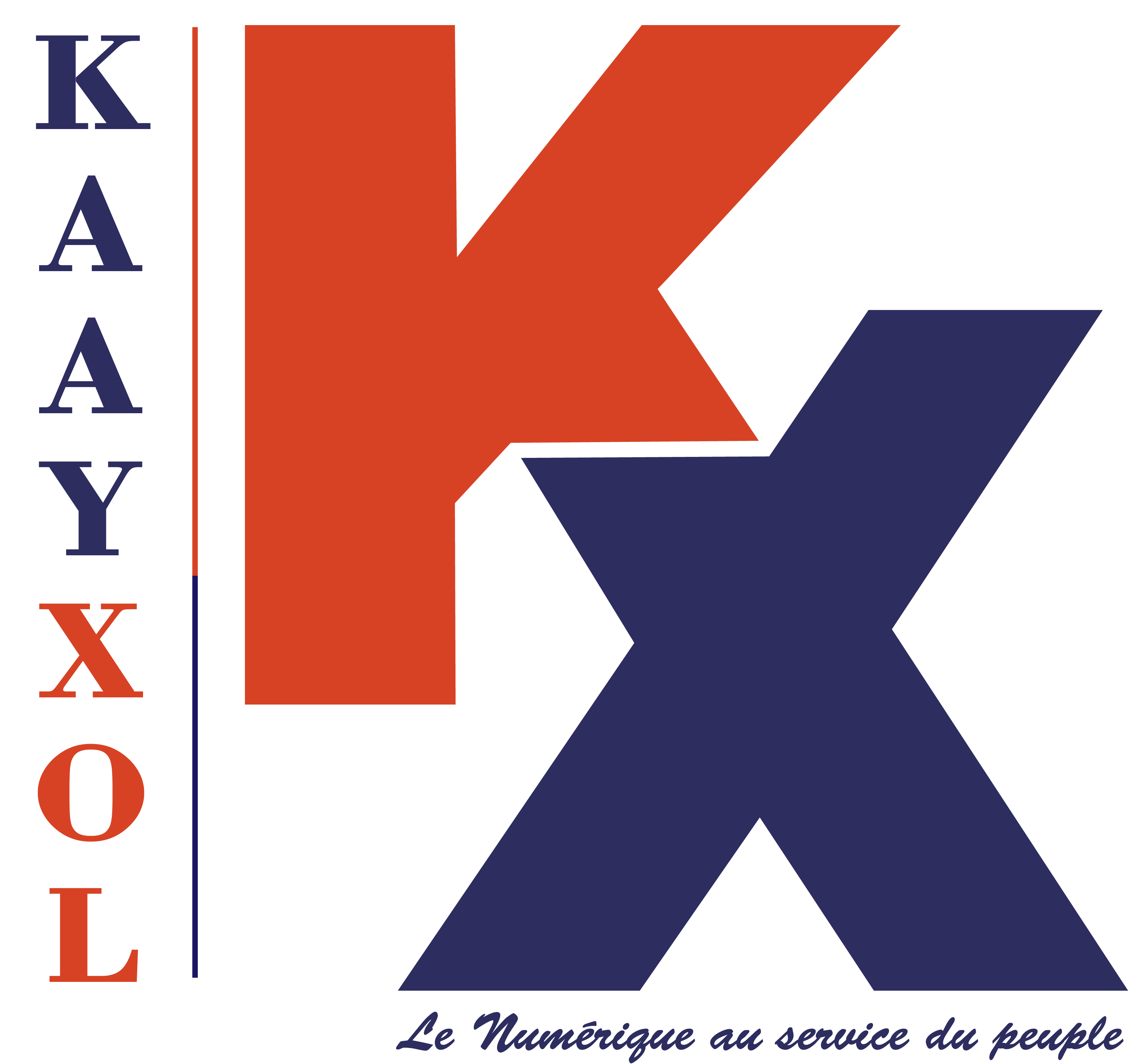Notifications
Posted by - Support KAAYXOL -
on - Jan 27 -
Filed in - Technology -
-
60 Views - 0 Comments - 0 Likes - 0 Reviews

Even though Google aimed to bring multi-column apps for tablets with Android 3.0 (Honeycomb), those plans never materialized. Even now, many apps are still not optimized for big-screen devices like foldable phones and tablets.
With Android 12L (One UI 4.1.1), Google restarted its efforts to make Android better for big-screen devices. Since then, it has been improving its own apps to scale better on foldable phones and tablets. It has also been advising app developers to make similar changes to their apps and games so that it improves the overall experience for all big-screen device users.
Now, the company has revealed the steps it has started taking to make apps scale better on big-screen Android devices. Our Android 16 Beta 1 article explained how Android 16 removes restrictions that app developers can take to lock their app to a specific orientation or aspect ratio. Google plans to go one step further with Android 17 and completely remove such opt-in restrictions that app developers can implement.
Google has clearly explained in its new blog post that with Android 17, developers can't opt into the ability to restrict their apps to a specific orientation (landscape or portrait) or aspect ratio. So, they need to scale their apps better using Google's UI design guidelines.
As Android 17 will stretch unoptimized apps to fit the complete screen area on foldable phones and tablets, they will look unaesthetic, and app developers will likely be forced to optimize their apps to look better and take better advantage of the big screen. Google already has an article explaining how to design apps that scale well for big-screen devices.
The story continues after our video below.
Google plans to release Android 16 in Q2 2025 and Android 17 in 2026. So, next year, apps targeted at Android 17 can't be restricted to run in a portrait orientation or have black bars around. The company also gave an example of FlipaClip, an animation app, which saw 54% growth from tablet users after the developer optimized their app for large-screen devices.
Google also explained how developers can test their apps for various screen sizes and form factors using the Espresso testing framework and Jetpack Compose testing APIs.
With all these changes coming to Android 16 and Android 17, you can expect smartphone brands and third-party app developers to create better-looking and behaving apps on foldable phones and tablets. Optimized apps will look good in both landscape and portrait orientations and whether they are used in split-screen multitasking, full-screen, or windowed modes.
Since Samsung DeX forces apps to start in a window mode, apps optimized for big-screen devices are bound to look and behave much better in DeX mode on Galaxy smartphones and tablets.
The post Android 16 and 17 will bring better apps on foldable phones, tablets appeared first on SamMobile.

